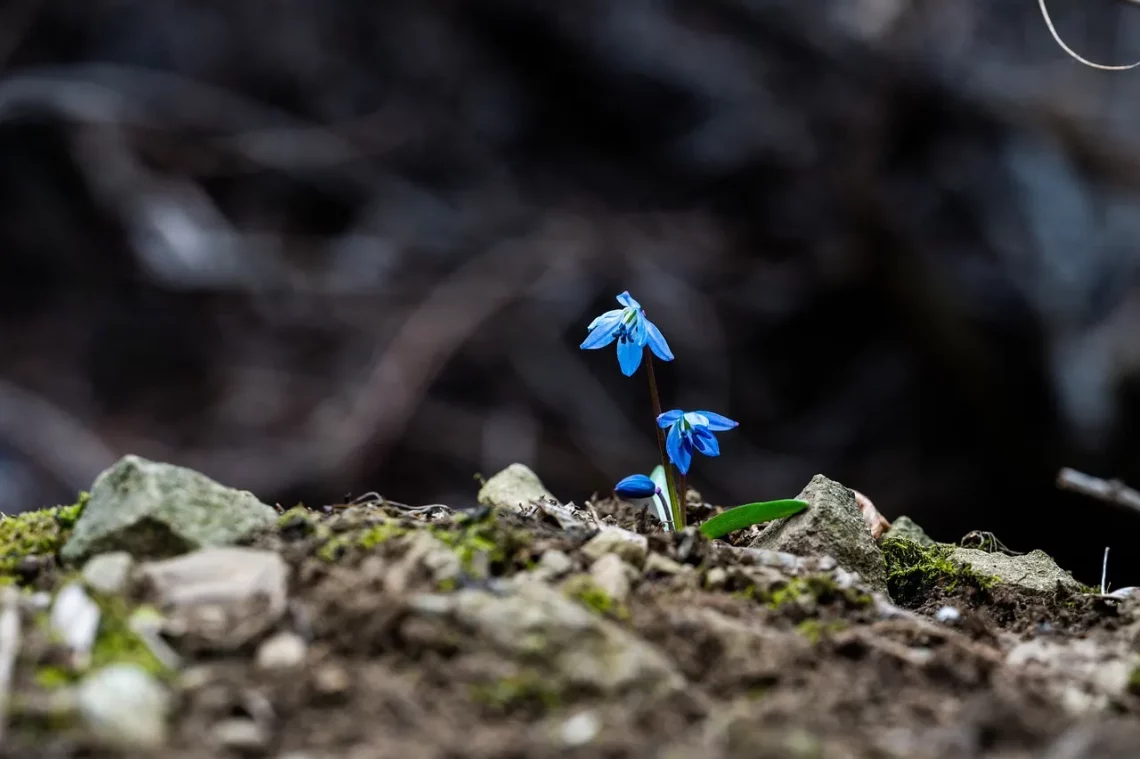
Understanding the Differences Between Warts and Cysts
Understanding the Differences Between Warts and Cysts
The human body is a complex organism, home to a myriad of growths and formations that can sometimes cause concern or confusion. Among these are warts and cysts, two types of skin abnormalities that, while often mistaken for one another, have distinct characteristics, causes, and treatments. Understanding the differences between these two conditions is essential for identifying them correctly and determining the most appropriate course of action.
Warts are benign growths caused by the human papillomavirus (HPV), which infects the top layer of skin. They can appear anywhere on the body, though they are most commonly found on the hands, feet, and face. The virus is highly contagious and can be transmitted through direct contact with an infected person or by touching surfaces contaminated with the virus.
Cysts, on the other hand, are sac-like structures filled with fluid, air, or other substances. They can develop in various tissues throughout the body and are usually not caused by infections. Cysts can be formed due to a variety of reasons, including blockages in the skin, inflammation, or genetic factors.
While both warts and cysts can be harmless, they can also cause discomfort or self-consciousness. Differentiating between the two conditions is crucial for appropriate management. This article delves into the unique features of warts and cysts to help you better understand these common skin conditions.
What Are Warts?
Warts are small, benign tumors that appear on the skin as a result of an infection with the human papillomavirus (HPV). They are typically raised, rough, and can vary in color, size, and shape. Warts can be classified into several types, including common warts, plantar warts, filiform warts, and flat warts, each with its unique characteristics.
Common warts, which often appear on the fingers and hands, have a rough surface and can be grayish or brown in color. Plantar warts, found on the soles of the feet, can be painful due to their location and the pressure exerted on them while walking. Filiform warts, long and narrow, typically occur around the mouth and nose, while flat warts are smaller and smoother, often appearing in clusters.
Warts are contagious and can spread through direct skin-to-skin contact or indirectly through contaminated surfaces, such as swimming pools or shared towels. The virus can enter the skin through tiny cuts or abrasions, making anyone susceptible to contracting warts.
While many warts are harmless and may eventually disappear on their own, some individuals choose to seek treatment for cosmetic reasons or because of discomfort. Treatment options vary and can include over-the-counter topical medications, cryotherapy (freezing), laser treatment, or surgical removal. However, it is essential to consult a healthcare professional for an accurate diagnosis and appropriate treatment.
What Are Cysts?
Cysts are closed sacs filled with fluid, semi-solid material, or gas that can develop in various tissues throughout the body. They can occur in the skin, organs, and even in bones. Cysts can vary in size, from tiny to large, and may be painless or cause discomfort depending on their location and size.
One of the most common types of cysts is the sebaceous cyst, which forms in the sebaceous glands that produce oil for the skin. These cysts are typically filled with a thick, yellowish substance called keratin and are usually harmless. Another common type is the epidermoid cyst, which forms just beneath the skin and is often mistaken for a wart.
While most cysts are benign and do not require treatment, some may become infected or cause pain, prompting individuals to seek medical attention. Treatment for cysts may include drainage, surgical removal, or medication to address any infection.
Cysts can arise from various factors, including blocked ducts, inflammation, or genetic conditions. Unlike warts, cysts are not contagious and do not result from a viral infection. Instead, they are often a result of the body’s natural processes or injuries.
Understanding the various types of cysts and their causes can help individuals recognize when they should seek medical advice. If you discover a lump or swelling on your body, it is always best to consult a healthcare professional for an accurate diagnosis and appropriate management.
Key Differences Between Warts and Cysts
While warts and cysts may appear similar at first glance, several key differences can help distinguish between the two conditions. Understanding these differences is crucial for accurate identification and treatment.
Firstly, the underlying cause of each growth is fundamentally different. Warts are caused by a virus, specifically the human papillomavirus (HPV), while cysts are usually the result of blocked glands, infections, or other non-viral factors. This distinction is important because it affects both the treatment options and the risk of transmission.
Secondly, the appearance of warts and cysts can vary significantly. Warts often have a rough or bumpy texture and can be raised above the skin surface. They may also have a grainy appearance and can be darker in color. In contrast, cysts are usually smooth and round, often resembling small lumps beneath the skin. They may or may not be visible on the surface and can be tender to the touch.
Another notable difference is the contagious nature of warts. Because warts are caused by a viral infection, they can easily spread from person to person through direct contact or shared surfaces. Cysts, however, are not contagious and cannot be transmitted between individuals.
Finally, the treatment approaches for warts and cysts differ. Warts may require antiviral treatments, cryotherapy, or other methods to eliminate the virus and reduce their appearance. In contrast, cysts are often treated by draining the fluid or surgically removing the sac if it becomes problematic.
Recognizing these differences is essential for anyone trying to manage these skin conditions effectively. If you are uncertain about a growth on your skin, it is advisable to seek professional medical advice for a proper diagnosis.
When to Seek Medical Advice
While many warts and cysts are benign and do not require treatment, there are situations when it is essential to seek medical advice. Understanding when to consult a healthcare professional can help prevent complications and ensure appropriate management.
If a wart or cyst appears suddenly, changes in size, color, or shape, or becomes painful, it is advisable to seek medical attention. Such changes may indicate an underlying issue that requires further evaluation. Additionally, if a wart or cyst becomes infected, leading to increased redness, swelling, or discharge, prompt medical consultation is necessary.
Individuals with a weakened immune system, due to conditions such as diabetes or autoimmune disorders, should also be vigilant about any new growths on their skin. In these cases, even benign conditions can pose more significant risks, and it is essential to have them assessed by a healthcare professional.
Moreover, if you find that warts are recurring despite treatment or if you have multiple warts that cause discomfort or embarrassment, consulting a dermatologist can provide you with options for effective management.
In summary, while many skin growths are harmless, it is crucial to recognize when to seek help. Early intervention can prevent complications and provide peace of mind. Always prioritize your health and well-being by consulting with a medical professional when in doubt.
**Disclaimer:** This article is for informational purposes only and does not constitute medical advice. Always consult with a qualified healthcare provider for any health-related concerns or questions.




